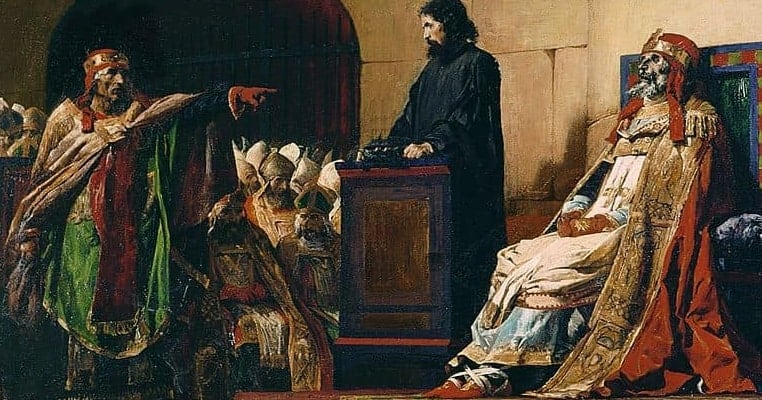Papal corruption throughout history is a fact of the existence of the Church of Rome, and which is, figuratively speaking, swept under the bed. But it is barely hidden. It was the corruption of the Church’s highest office which led to the evolution of Protestantism, the excesses of the Inquisition, and to a large extent the cover up of the sex scandals of the twentieth century and more recent years. The Church still maintains vast wealth, always a source of corruption, in the form of cash, property, and art. Once a dominant figure in European politics, the role of the papacy has become less powerful in politics, but no less influential to the world’s Catholics.

As recently as 2017 Pope Francis admitted the existence of corruption in the Vatican, though he expressed himself as being “at peace”. The admission to the gathering of leaders of male religious orders worldwide was little noted, and the Pope did not elaborate on what he referred to in his statement. Instead he stressed the need, rather than citing doctrine in rebuke, to “listen and persuade”. Though the Pope was unclear on what he considered to be corruption in the current Church, there is no lack of clarity when regarding that of some of his predecessors in his office, who exhibited corruption and depravity on a truly epic scale.
Here is a list of papal corruption through history which wasn’t presented in the history books in school, and which in many cases is truly shocking.

1. Stephen VI tried and had mutilated the dead body of a predecessor, with the late Pope present at trial
During the ninth century, the office of the papacy was disputed, for political reasons, by powerful factions and families in Italy. One of the most powerful was the Spoleto family, the head of which was the Duke of Spoleto. The family ruled nearly all of central Italy outside of the Papal States, which was the temporal kingdom of the Pope. Stephen VI was elected to the Papacy with their support, possibly against his expressed wishes, having served as the Bishop of Anagni. The House of Spoleto pressured Stephen to try Pope Formosus, dead for over a year, for his actions against their family while Pope.
The dead body of Formosus was disinterred and brought before a court which became known as the Cadaver Synod. Formosus was charged with performing the acts of a priest after having been excommunicated (disregarding his reinstatement by Pope Marinus) because the House of Spoleto had suffered at his hands, and their control of the sitting pope gave them the opportunity for revenge. Incited by Stephen VI, Formosus was condemned of having acted in a manner unworthy of his office, the three fingers the pope traditionally raised in blessing were removed from the corpse, and the body was disposed of in the Tiber River.

